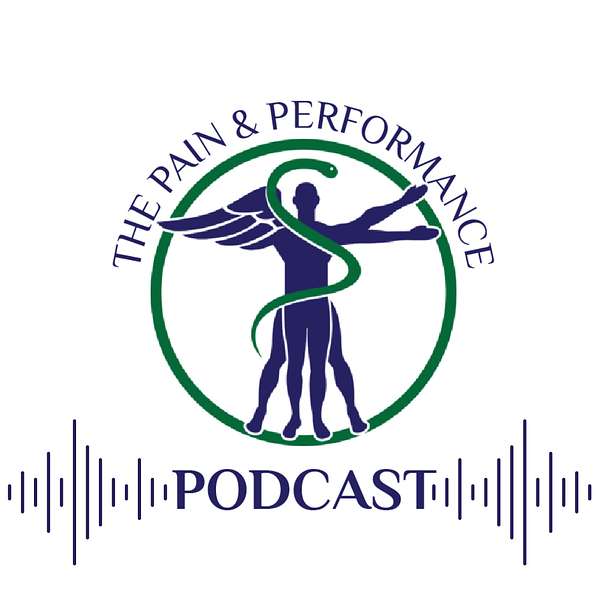
The Pain and Performance Podcast
The Pain and Performance Podcast
How to Repair and Regenerate Ligaments
Ligaments are dense fibrous connective tissues that are the attachments that hold bones to other bones. The most commonly injured or talked about is the ACL - Anterior Cruciate Ligament holding the femur to the tibia.
Ligaments are formed by about 80% of the extracellular matrix and 20% of fibroblasts. This means the ligament is about 75% collagen, 1% elastin, and glycans. 90% of the collagen is type 1 and 10% is type III.
In general, because of this makeup, they have a very poor natural regeneration capacity because of low cell density and nutrient/oxygen requirements. This is why often if complete failure happens replacement or reconstruction is necessary.
In recent years, adding growth factors to treatment and healing has been shown to be effective in healing damaged ligaments.
The process is usually described as four overlapping sequential stages: inflammatory stage, proliferation stage, remodeling stage, and maturation stage.
If you can give support at each phase you can naturally heal and regenerate a ligament or tendon better. At the onset of injuries, hematomas form, and pro-inflammatory cytokines are produced by mast cells which recruit neutrophils, macrophages, and monocytes to the injury site. Angiogenesis is induced by the increased secretion of vascular endothelial growth factor (VEGF). ECM, primarily collagen III, is subsequently synthesized by the recruited fibroblasts at the injury site which is a hallmark of the proliferation stage. During the remodeling stage, ECM production and cell activities are decreased. Collagen III is replaced by collagen I and the collagen fibers start to organize along the direction of tendon stress. At the stage of maturation, the cross-linking of collagen fibrils increases and mature tendonous tissues form with their mechanical strength being gradually improved (Docheva et al., 2015).
Inflammatory phase - 2 weeks -
Need to get transportation to the area - walk the line - Not too much not too little. This is likely where we are trying to control inflammation and get blood flow to the area.
PEMF - Improves vascularization - delivery of healing agents, proteins, and collagens and helps the synthesis of fibroblasts, and repair proteins, a faster healing process is achieved by helping prevent sports-related disabilities and chronic conditions.
Cryotherapy - stimulates antiinflammatory responses once past the inflammatory phase and promotes regeneration. A study in 2016 by Ramos et al found that Cryotherapy has a unique ability to Reduces Inflammatory Response Without Altering the Muscle Regeneration Process and the Extracellular Matrix Remodeling of Rat Muscle. Something like an NSAID appears to do both.
Intraligament medical needling can reduce mechanical properties and increase blood flow, inflammation, and production of collagen III and glycosaminoglycans compared to the control. Furthermore, mild needling properties returned to or exceeded pre-needling values at the 6-week time point. Clinical significance: Needling the rat supraspinatus tendon is a feasible technique that causes a transient healing response
Shockwave for non-healing stimulates tissue inflammation that starts the healing process again. It can improve blood vessel formation, and blood flow as well as accelerated healing activation
Peptides:
A rat study conducted in 2010 found that BPC-157 lead to the healing of acute ligament injuries within rats.
Collagen - needed for proliferation and remodeling
Kaatsu - Episode 4 - improves growth factors without significant stress to the tendon or ligament.
Remodeling 6 months
Continue stressing and eccentric loading the joint or area with slow movements at least 3x/week and decreasing to 1x/week by 6 months but don't stop!
Maturation - 2 years
Continue to increase strength in the area and work on the stability, mobil